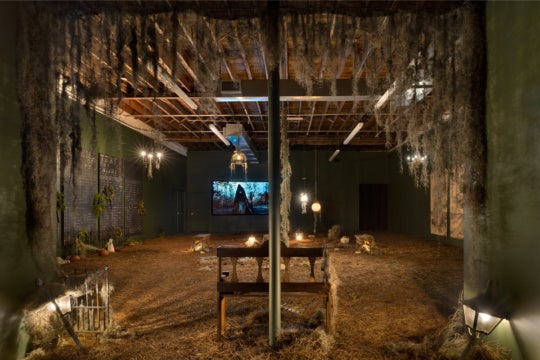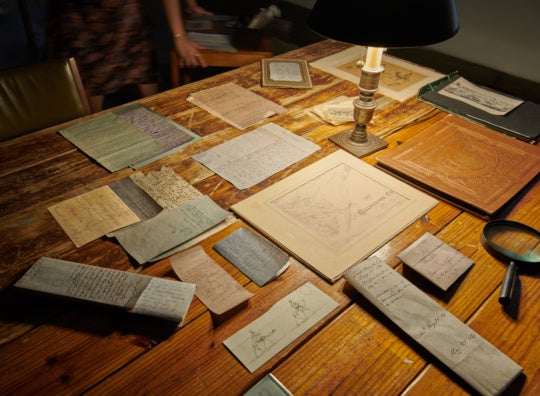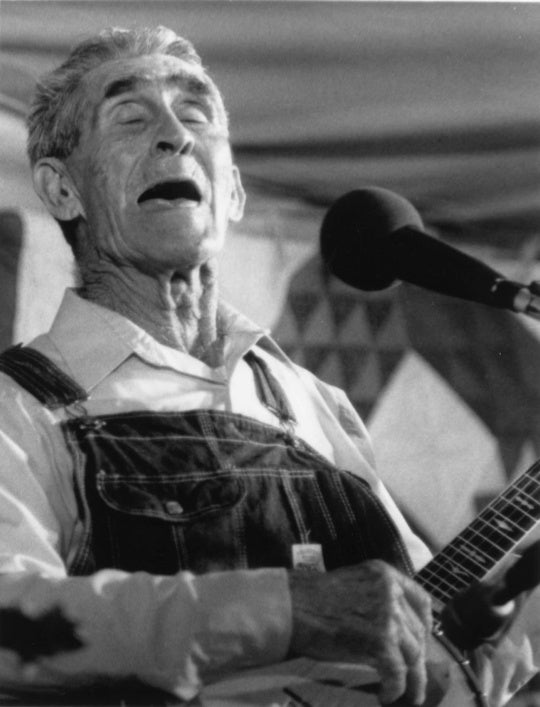“Review of Etienne Jackson at Hammonds House Museum”
The current exhibition by artist Etienne Jackson at Hammonds House Museum could have you observing the work with more than just a glance. The exhibit is a combination of sculptures and drawings. A lot of the work done by Jackson was left untitled, allowing the viewer to give it a title. One sculpture I decided to call “The Black Bridge of Life.” Facing the work, cast iron graphite displayed on the wall expands from left to right. This reminds me of a person in their early life. Starting with nothing, then going through all the tough adventures of life, creating dreams, setting goals and making it to their goal. In this manner of thinking, the bridge goes from narrow to wide, like the ideas of the individual traveling the bridge. The parts of the sculpture that really created that feeling are hard to explain, but the simplicity of the piece is mind opening. The texture was rough as a roller stuck in a tray of drying paint. It reminds me of a mold that didn’t turn out perfectly. As you approach the sculpture it seems like a staff, but what made if fascinating is that it had a lot of meaning, didn’t depend on color, size or anything added to it for meaning. As I stood in front of it the meaning felt obvious to me. It was not a staff. It was a bridge. A bridge of life which most people could relate to. Life is not perfect just like the sculpture: being rough, bumpy and textured, instead of smooth and giving off a straight shot. We are all human but we are not the same. We are not exactly like the mold, because we don’t turn out perfectly either. But life is here from the narrowest point of sunrise or birth to the widest sunset of life ending. In life, like on the bridge, there is perfection in its imperfection.
Amina Craighead is a freshmen at the Atlanta International School.





